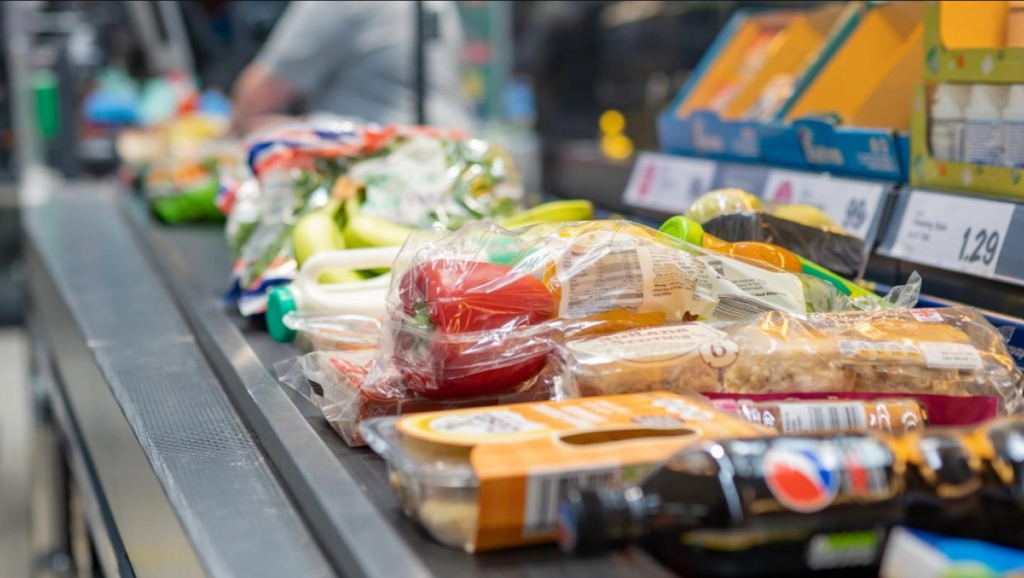Combat shrinkflation and get more value from your grocery shopping with these four practical strategies.
Others are reading now
Shrinkflation has escalated to such an extent that it was a topic in President Biden’s State of the Union address.
Shrinkflation, for those unfamiliar with the term, is the practice where companies gradually reduce the size of their products without lowering the prices. It’s a sneaky form of inflation. Aware that consumers are more likely to spot a price increase — particularly on everyday items — manufacturers reduce the product size instead, hoping the minor reduction will mostly fly under the radar.
Over the past two years, grocery prices have soared by 20%, and with shrinkflation also at play, consumers are receiving less value for their money than before. This phenomenon is most commonly seen in items like potato chips, cookies, cereal, candy, paper goods, and shampoo.
Here are four strategies to combat shrinkflation and stretch your grocery budget further:
Also read
1. Explore Brand Alternatives
If you notice that your usual brand has reduced in size without a corresponding decrease in price, or if the price has actually risen, it might be time to consider a different brand. There’s a chance a competitor hasn’t yet altered their packaging or reduced the product size, allowing you to get better value for your money.
2. Opt for Store Brands
Store brands, like Kirkland at Costco or the in-house brands at Walgreens or Walmart, often offer lower prices compared to well-known national brands. Given that these store brands are usually more affordable, they tend to delay repackaging or reducing the size of their products. Consider purchasing everyday items at stores like Costco or BJ’s, where you can find larger-sized items that offer longer-lasting value.
3. Pay Attention to Packaging
Be vigilant for any changes in packaging or marketing slogans, which could indicate a reduction in product size. Manufacturers won’t openly disclose such changes, so it’s up to consumers to spot the differences.
4. Keep an Eye on Unit Pricing
Most stores display unit pricing (e.g., price per ounce or pound) on shelf labels, helping shoppers compare the cost of similar products of varying sizes and prices. For example, a 30-ounce jar of pickles that costs $8 would list a unit price of $0.27 per ounce. Using unit pricing can guide you to the most economical choice for your budget.








